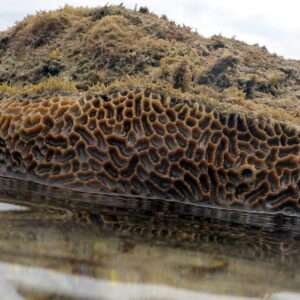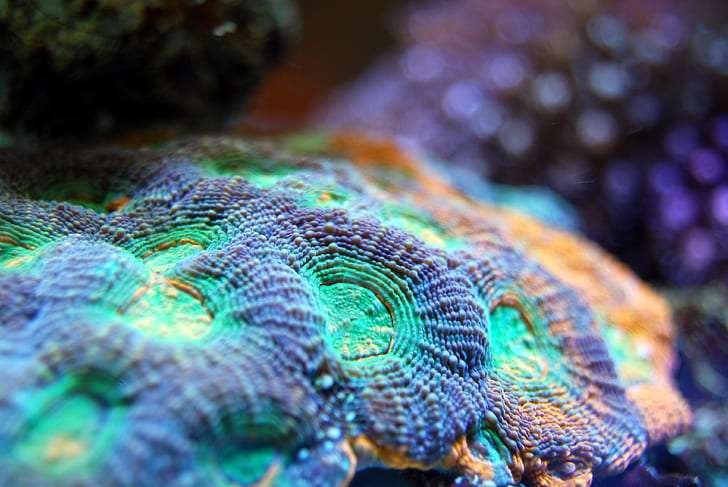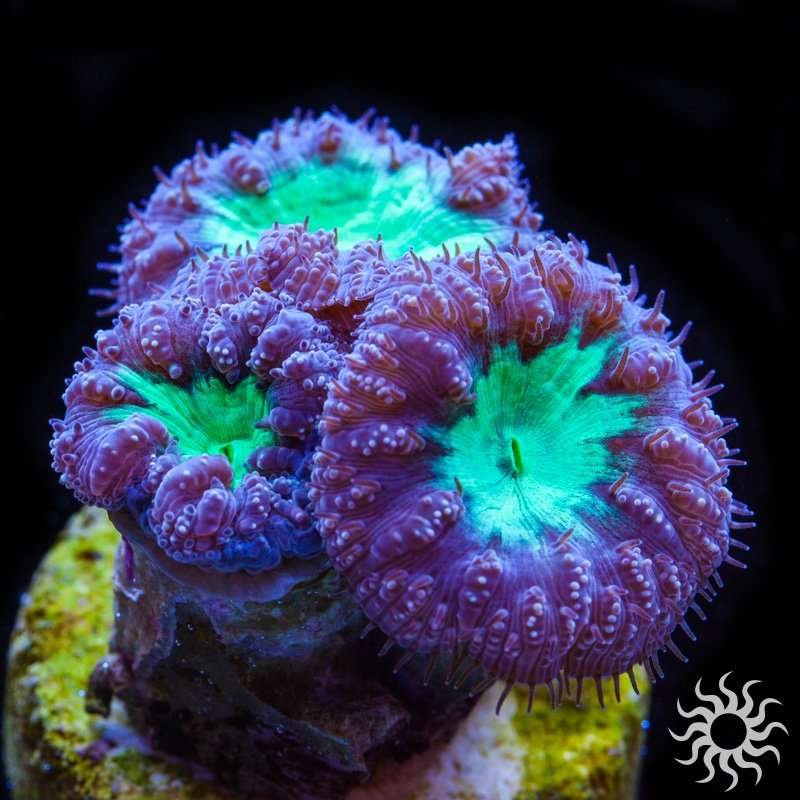Goniastrea coral

One type of coral that you can often find in reef tanks is the Goniastrea coral, also known as the LPS coral. The flattened, round shape and rough texture of the surface of these beautiful corals give them a unique look. Goniastrea needs the same care and attention as any other coral to do well in a reef tank. We’ll talk about how to take care of Goniastrea coral in a reef tank in this blog.
LIGHT
We’ve found that light levels between 100 and 150 PAR work best. Goniastrea is a type of encrusting coral that looks like favia. It is important to know that coral can easily get hurt by too much light. If you want to light LPS corals, we think that less is often more.
FOOD
We don’t think Goniastrea corals need a special way to eat, but they will benefit from being fed spots every once in a while. Most of the food in the water column will be caught and eaten by them. They take in nutrients from the water like most corals do, and they will do well if they get enough food. Our plan is to import a lot and sell a lot.
FLOW
Water flow that is moderate is good for Goniastrea corals because it keeps the coral clean of trash and brings food to their mouths. Too much flow, especially straight flow, can hurt the coral’s tissue or make it impossible for it to catch food.
DOUBLE HARD
Because they grow slowly, aquaculture doesn’t offer a lot of different kinds of Goniastrea corals. This doesn’t mean, though, that it’s a very hard coral to keep. Like all corals, specimens have been seen to do well in aquariums when they have the right amount of food, light, flow, and filtering.
ZONE OF COLLECTION: Indo-Pacific
NAME OF THE SCIENCE
This is a hard coral called Goniastrea. It is in the family Merulinidae. These corals grow in big groups that are usually round or long, and their paliform lobes are well-developed. You can only see polyps at night.
TEMPERATURE
Most corals do best in water that is 77 to 84 degrees Fahrenheit (25 to 29 degrees Celsius). It is important to keep the pH level between 8.0 and 8.4, but 8.2 to 8.3 is better. The phosphate level should stay between 0.05 and 0.1 and the nitrate level should stay between 5 and 10. It is suggested that the alkalinity stay between 8 and 9 dKh, and the calcium levels stay between 400 and 450.


